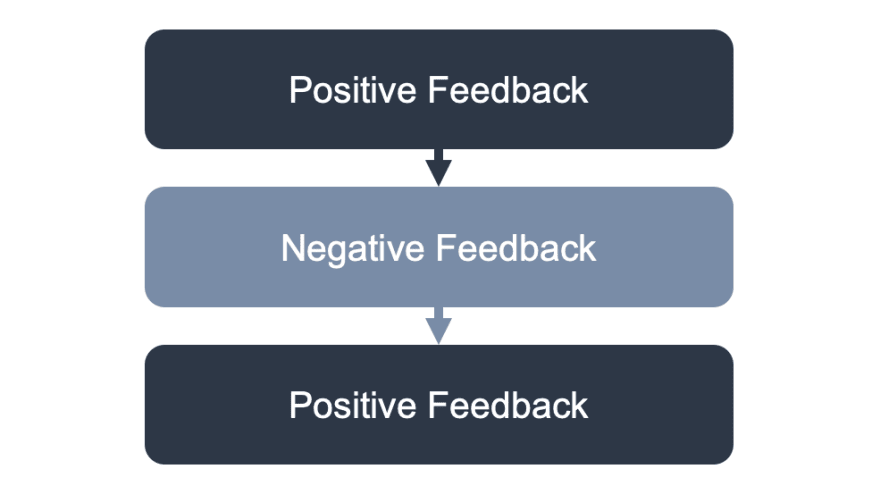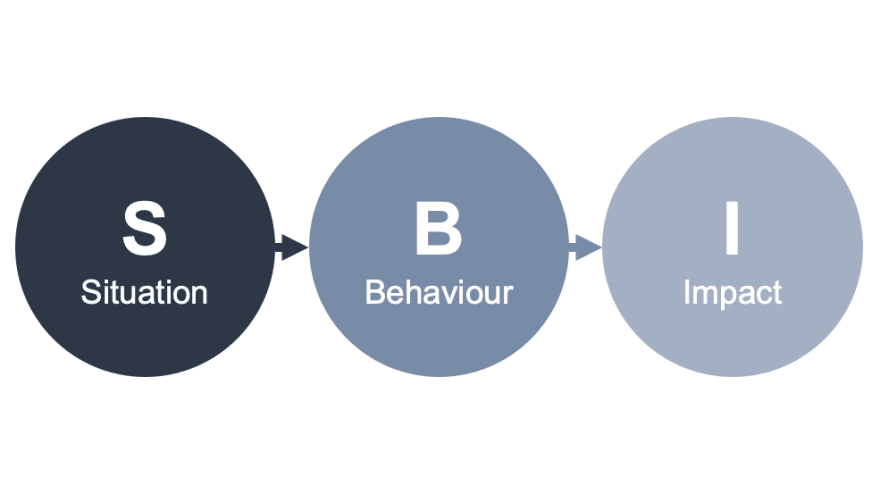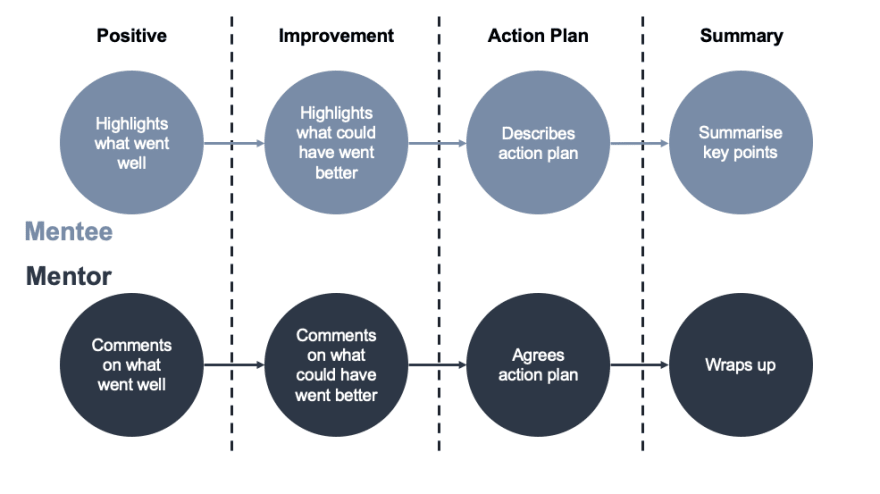A Guide to Giving Better Feedback

Marc Nevin
Posted on October 21, 2020

Feedback is essential for growth, and by encouraging the right behaviours, you'll see your team develop their skills and an increase in their overall performance. Feedback doesn't need to wait for an annual review; frequent focused feedback and communication helps you build a better relationship with your team based on mutual understanding and candour.
Taking the time to give and get regular feedback can be a building block towards psychological safety within your team that you'll see real benefits from. But giving good feedback is a skill, and like every skill, it gets better with practice; this post is written to help you focus, structure and deliver your feedback in a better way, today.
First, it's important to think about why you want to give someone feedback - what's your motivation for it? The goal should be to improve their performance and help develop your team, not to vent some grievances with the individual. Giving good feedback can feel easy, and bad feedback can be hard to handle objectively, focusing on what makes it constructive and an asset to the individual is where we start.
What makes good feedback?
There are a few aspects you should consider when planning feedback you want to give someone;
- Specific: Feedback should contain specific, factual examples rather than a generalisation, examples help them tie it back to their experience.
- Usable: Try to tie the feedback to clear actions and goals, don't make it esoteric, enable the individual to improve their performance.
- Clear: Clarify understanding, make sure they are getting the most out of the feedback.
- Punctual: Feedback should be given as soon as possible after the situation, giving it closer to the event helps reinforce good behaviour or action bad.
- Desired: Feedback can still be effective even in those who don’t actively seek it, but it can also affect trust and relationships if demonstrated inappropriately. This extends to where you deliver it, pick a safe environment, don't air dirty laundry in public.
- Objective: Feedback should be unbiased and unprejudiced; don't let your personal relationship with the person get in the way, especially if it's formal feedback that'll be stuck with them.
Structuring with Feedback Models
There are a bunch of models you can use to better structure feedback and help focus on concise points, rather than dancing around it. We'll cover the three most popular here;
"The Feedback Sandwich" (aka "s*** sandwich")
- Give positive feedback;
- Constructive or negative feedback;
- End with targeted feedback to build trust and comfort
This is a fairly weak model, it's common and easy to recognise; often feels like a cheap move as its often used really to convey negatives wrapped to some placid ones. People see through it. It develops into a culture built on saving face and evasion, not of candour and respect. Avoid it, we can do better.
Situation, Behaviour, Impact
- Identify the situation the feedback refers to;
- Define the specific behaviours you want to address, for good or for bad;
- End by describing how their behaviours impacted you or others.
A much better model, and one I find myself using the most; it's a simple structure that lends itself to a more concise piece, often of written feedback, that feels real and direct. The idea of focusing on specific situations and impacts helps keep emotion out of the feedback and allows for a truer reflection on their actions.
Pendleton’s Model of Feedback
- Ask them to highlight positive behaviours, reinforce what went well;
- Then ask to highlight areas for improvement, reinforce what could be improved;
- Discussion of an improvement plan going forwards;
- Agreeing on the plan and summarising key points.
A structure that only works when feedback is sought out, it allows the individual receiving the feedback to be more open and start the conversation; It helps them feel like they have a voice. It's good for building trust and mutual understanding and works well in a longer-term ongoing system of feedback.
Next Steps
Giving feedback can feel daunting, but with an understanding of the components of good feedback and some structure, it should be easy to start compiling some feedback for your colleagues when they come looking for it!
Think about who would appreciate some feedback from you today, who can you start preparing feedback for and who will really appreciate it?
This post was compiled from my notes on the topic over the last few months, if you have a good method or any tips I've missed, please share it below or reach out with any questions you might have!
Cover photo by Charles Deluvio on Unsplash

Posted on October 21, 2020
Join Our Newsletter. No Spam, Only the good stuff.
Sign up to receive the latest update from our blog.


